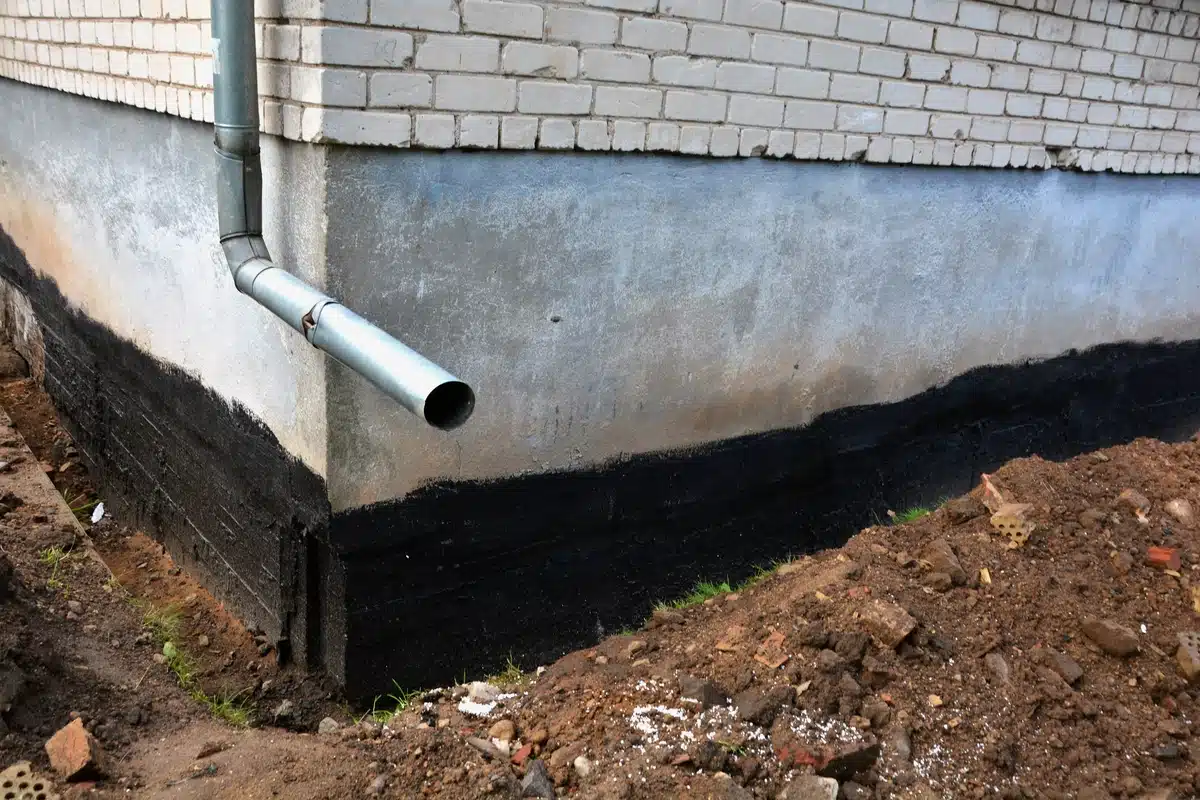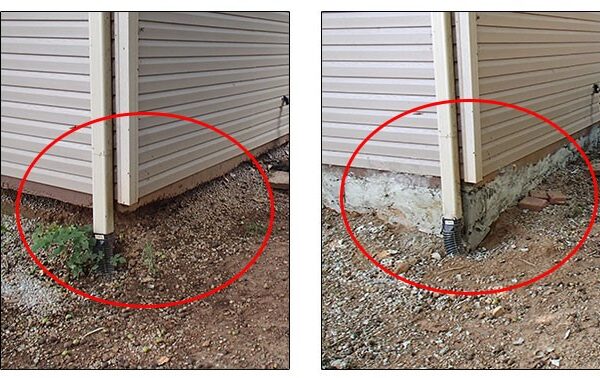Checking Out Different Approaches of Structure Repair for Various Dirt Kinds
Structure repair is a crucial facet of keeping structural integrity, specifically when thinking about the diverse challenges presented by different soil kinds. The intricacy of soil actions under varying problems requires a customized strategy to repair, ensuring optimal services such as helical piers for unsteady soils or chemical cements for natural layers.
Recognizing Soil Kinds
Dirt kinds play an important duty in the security and durability of structure structures, making it necessary for property owners and construction specialists to understand their qualities and actions. The interaction between dirt and structure can figure out the structural stability of a building. There are several soil kinds, each with distinctive physical homes that impact how foundations are developed and kept.
Granular dirts, such as sand and crushed rock, offer excellent drain and are frequently thought about secure. They have high load-bearing abilities, which can support much heavier structures. These dirts can shift if not compacted appropriately, leading to possible negotiation issues. In contrast, cohesive soils like silts and clays show various behaviors. These dirts tend to retain wetness, and their load-bearing capacity can differ significantly with adjustments in wetness web content.
Rocky soils, recognized for their toughness and security, offer excellent assistance for foundations however might call for specific tools for excavation. Alternatively, loamy soils, which are a balanced mix of sand, clay, and silt, often give favorable conditions for structure support due to their modest drainage residential or commercial properties.

Comprehending these soil kinds is critical for selecting suitable foundation repair service approaches, making certain the sturdiness and safety of frameworks gradually.
Difficulties With Large Clay
Among the numerous soil kinds, large clay presents special challenges for structure stability as a result of its propensity to go through considerable quantity changes with wetness variation. This sort of dirt swells when wet and agreements when dry, which can put in considerable pressure on structures. These fluctuations can cause foundation breaking, heaving, and negotiation problems, positioning substantial risks to the architectural honesty of buildings.
The obstacles with extensive clay are worsened by its plasticity index, which gauges the dirt's capacity to alter form and volume. A high plasticity index shows better potential for activity, boosting the likelihood of damages to structures. This is specifically bothersome in regions experiencing severe or constant weather condition modifications, where cycles of wet and completely dry conditions are common.
Additionally, the deepness of extensive clay layers can differ, making complex the analysis and preparation of proper structure repair service approaches. The unforeseeable nature of its activity requires specialized engineering services to mitigate threats. Additionally, expansive clay can impact utility driveways, walkways, and lines, even more complicating repair service initiatives. These complexities need a thorough geotechnical analysis to ensure efficient foundation repair work methods are implemented, stressing the relevance of addressing expansive clay difficulties with knowledge and treatment.
Solutions for Sandy Soils
Sandy soils, defined by their big bit dimension and reduced cohesion, existing unique obstacles for structure security due to their tendency for shifting and erosion. By securing the structure to deeper, much more steady dirt layers, these systems can supply the needed assistance to neutralize the moving nature of sandy soils.
One more advised method is the application of soil stabilization methods. Chemical grouting, as an example, includes injecting a supporting agent right into the soil, which improves communication and decreases permeability. This process assists to strengthen the sandy substratum, therefore reducing the threat of disintegration and activity.
Additionally, mounting correct drainage systems is vital in sandy dirt conditions. Ensuring adequate water drainage can protect against water build-up around the structure, which frequently intensifies disintegration and soil displacement. Methods such as French drains pipes or surface area grading can be utilized to route water far from the structure perimeter.
Addressing Clearing Up in Loamy Soils
Loamy soils, known for their balanced mix of clay, silt, and sand, offer an abundant base for several structures however can in some cases result view website in foundation settling because of their special structure. This balanced texture gives exceptional drainage and nutrient retention, making it excellent for farming and landscape design. Nonetheless, this very same quality can come to be troublesome for foundations, as changes in dampness web content can create the soil to increase or contract, causing working out.
Precise dirt screening is important to figure out the certain make-up and wetness content of the loam. When information is gathered, applying proper drain options is important to preserve regular wetness degrees, therefore lowering the risk of soil contraction or development.

Innovative Repair Work Strategies
In the realm of foundation repair work, innovative strategies are continually being created to attend to the complicated tests presented by different soil conditions. As soil types differ dramatically in their architectural residential properties, standard methods might not always are adequate. The development of brand-new innovations in foundation fixing offers more tailored remedies, making certain security and longevity.
One remarkable advancement is using helical piers, which are particularly efficient in unpredictable or expansive soils (foundation repair okc ok). These piers are screwed into the ground up until they reach a stable layer of dirt, using strong support for the structure over. This method lessens disruption and is versatile to various dirt kinds, making it a functional service
Another cutting-edge technique is the application of polyurethane foam shot. This technique entails infusing high-density polyurethane foam under the foundation to fill up gaps and maintain the framework. It is a much less invasive option to standard foundation, using fast setup with marginal disturbance to the surrounding area.
Additionally, soil stabilization techniques, such as making use of chemical grouts, you can look here have gained grip. These compounds boost dirt strength and reduce leaks in the structure, preventing future shifting. Jointly, these ingenious repair work techniques give effective services for the diverse obstacles posed by varying soil problems.
Verdict

Structure repair work is an essential element of preserving architectural integrity, particularly when considering the diverse difficulties presented by different dirt kinds (foundation repair okc ok). The intricacy of soil habits under differing conditions demands a customized method to repair, guaranteeing ideal options such as helical piers for unpredictable soils or chemical cements for natural layers. By securing the structure to much deeper, a lot more stable soil layers, these systems can supply the necessary support to counteract the shifting nature of sandy dirts
Foundation repair work needs cautious consideration of dirt types to ensure stability and longevity. Chemical grouts boost dirt toughness and lower permeability in cohesive soils.